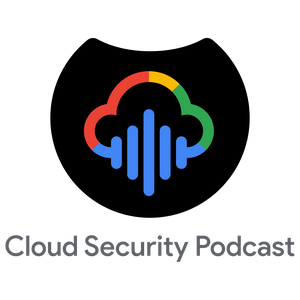EP228 SIEM in 2025: Still Hard? Reimagining Detection at Cloud Scale and with More Pipelines
Guest Alan Braithwaite, Co-founder and CTO @ RunReveal Topics: SIEM is hard, and many vendors have discovered this over the years. You need to get storage, security and integration complexity just right. You also need to be better than incumbents. How would you approach this now? Decoupled SIEM vs SIEM/EDR/XDR combo. These point in the opposite directions, which side do you think will win? In a world where data volumes are exploding, especially in cloud environments, you're building a SIEM with ClickHouse as its backend, focusing on both parsed and raw logs. What's the core advantage of this approach, and how does it address the limitations of traditional SIEMs in handling scale? Cribl, Bindplane and “security pipeline vendors” are all the rage. Won’t it be logical to just include this into a modern SIEM? You're envisioning a 'Pipeline QL' that compiles to SQL, enabling 'detection in SQL.' This sounds like a significant shift, and perhaps not to the better? (Anton is horrified, for once) How does this approach affect detection engineering? With Sigma HQ support out-of-the-box, and the ability to convert SPL to Sigma, you're clearly aiming for interoperability. How crucial is this approach in your vision, and how do you see it benefiting the security community? What is SIEM in 2025 and beyond? What’s the endgame for security telemetry data? Is this truly SIEM 3.0, 4.0 or whatever-oh? Resources: EP197 SIEM (Decoupled or Not), and Security Data Lakes: A Google SecOps Perspective EP123 The Good, the Bad, and the Epic of Threat Detection at Scale with Panther EP190 Unraveling the Security Data Fabric: Need, Benefits, and Futures “20 Years of SIEM: Celebrating My Dubious Anniversary” blog “RSA 2025: AI’s Promise vs. Security’s Past — A Reality Check” blog tl;dr security newsletter Introducing a RunReveal Model Context Protocol Server! MCP: Building Your SecOps AI Ecosystem AI Runbooks for Google SecOps: Security Operations with Model Context Protocol
